INTERNATIONALLY acclaimed artist Rouble Nagi became connected to creativity at a very young age. A talent for drawing, combined with a passion for reading biographies of giants like Vincent Van Gogh, resulted in her finding art in everything. This led her to a successful career in art, which has seen her create over 800 murals, deliver more than 150 exhibitions worldwide, work in 33 different mediums and have high profile collectors paying huge sums of money for her eye-catching work. The Indian artist also promotes new talent through her foundation and regularly conducts workshops across the country.
Eastern Eye caught up with Rouble Nagi to talk about her fascinating journey in art, creative process, inspirations, secret to following her passion and more.How did you feel during your first solo show in Mumbai in 2007?
Rouble: I was nervous and excited as I didn’t know what to expect, or how audiences and critics would receive my work. During that time, I visited my dear friend, actor Salman Khan, and casually asked him whether he would inaugurate my exhibition. People who know him would know how helpful and kind-hearted he is. After Salman opened my show, it gave me a platform and my first show was sold out in the opening night. I had to request buyers to let me finish my exhibition. I have not looked back since. To date, every show feels like my first one.
How do you look back on your journey as an artist?
Rouble: Today you can see how my journey is reflected in my art and how it speaks about life. As an artist, I am always looking for my peers and place in the world. Throughout this journey of life, many outside forces manipulate who all of us become. To me, life means taking responsibility for one’s actions and standing tough in the face of a challenge. Tools that come in handy are honour, loyalty and an instinct to do the right thing. As an artist the real journey lies ahead – from young adulthood to old age.
What has been the biggest challenge of getting yourself established?
Rouble:started painting at an early age, but took it up professionally from 2003. I shifted focus from paintings to murals and installations in the first six months. During the initial phase I hardly created anything as I only did what my clients wanted. I have always experimented and today work with 33 different mediums. Creativity is hampered when you have restrictions. So to convince your clients is something that really took time. Today, however, I get paid to create as per my vision.
Which medium do you prefer working in?
Rouble:Art is more about passion than anything else. My studio is more like a laboratory than a regular artist’s space. I keep experimenting with new media. Art is subjective. It is easier to emote with writing and acting. Painting what you feel and letting your audience experience what you are feeling is really difficult. My canvases are happy with bright and cheerful colours. My passion lies in mural and sculpture making, and three-dimensional objects that can be felt. Painting for me happens only when I’m inspired and that is why I exhibit once in every three to four years. Most of the media I work in have been developed by me. I have always preferred working with metal, marble, ceramic and fibreglass.
What is your creative process like?
Rouble: The process is simple and starts on the drawing board. Doing a lot of random sketches helps me correct my form. Every commissioned work is site specific, so it’s very important to take the environment into consideration. I am an abstract artist and like working on threedimensional objects; being one with an installation where you can touch and feel your work. I have completed a 14-feet marble sculpture, and am doing a mother-and-child, 12-feet brass sculpture. Also a Lord Ganesha specially designed for a client that is abstract and in brass, standing at six feet. I feel blessed to get commissioned work, which helps me create something new. I like large installation work as it’s always a challenge.
Which of the various art media do you find the most challenging?
Rouble: Every medium has a new set of challenges. I find marble and ceramic most challenging. For instance, as you keep cutting marble, the layers reveal the actual cha racter of the stone. As you start sculpting, you realise it’s the stone that is guiding you and it keeps changing along the way. My most challenging project has to be Paradise Garden, which is India’s largest mix media mosaic mural. It’s more than 88 feet in height. Another project I enjoyed doing is Lovers, a six-tonne sculpture carved out of a single marble piece.
What is the longest and shortest time you have spent on a piece of work?
Rouble: I believe one can never finish an artwork. You part with it midway. While seeing an artist paint or sculpt, you might think, ‘the painting is over, why is the artist still working on it?’ The truth is every artist knows when to aban don the work. You might call it complete, but as an artist, I still feel more could be done. So I have spent six months on a marble sculpture weighing five tonnes, which is the longest time I had spent on any artwork to date. My charcoal sketches take me an hour, which people really like.
Which of your works is closest to your heart?
Rouble: If I asked you to choose between your children, would it be possible? My works are my babies and all are dear to me. I am overly possessive about my creations, and all that I have done to date are masterpieces, according to me. The thought process does change as per the artwork. However, The Last Supper, which I created in ceramic mosaic and multimedia, is one of my favourites of many.
Is it easy to part with your work when some one buys a piece?
Rouble: For an artist, it’s a great feeling when his work is liked and bought. There is never too much of an emotional connect for me after my work is done. When someone commissions an art piece, the first thing I tell them is they should be happy with the design and concept, because they have to live with it and see it every day.
What is the secret to following your passion?
Rouble: According to me, an artist could be a dreamer, but even an ordinary person could have an artistic temperament without really being one. An artist who is true to his work will always represent his true feelings, no matter how crazy and eccentric it might be. An artist normally uses his canvas as a medium to communicate with his audience. Every true artist is free with his thoughts and expression, which is never altered to satisfy the viewer. Art to me has always been the best way of self-expression.
Who is your art hero?
Rouble: My father was always interested in history. Going to the museum was an outing we looked forward to as children. When I think back, I remember the first time I saw a painting by Amrita Sher-Gil and her picture next to it; she was the most beautiful woman I had seen. I started relating to her work and studying her. Amrita Sher-Gil, despite her short career as an artist, remains one of the most captivating, curious and alluring artists of her time. With such a precocious talent for painting and a unique post-impressionist style, her development of subjectivity through self-portraits and struggle for artistic identity, will continue to ignite contemporary interest. I simply love her work. Another one of my favourites is Henry Moore. I have been inspired by his monumental work.
Where do you draw your inspirations from?
Rouble: The inspiration to create always comes from life. My philosophy is simple – art is a personal expression of careful observation of the subject and the artist’s visceral and emotional response to what he sees and experiences. For example, when we observe the subject live, we see the air and light around them and in the landscape, creating the feeling of being there. Painting my relation ship to nature and sharing that with the community and the world is what makes me an artist.
What is the key element in creating a good piece of art?
Rouble: As a sculptor, I believe it is balance, emphasis, movement, proportion, rhythm, unity and variety. If it’s a commission work for outdoors, the environment plays a big role. To create a good piece of art, especially a sculpture, you must know your material. My studio has become a laboratory. I love experimenting with new mediums. Today I work in metal, stone, terracotta, glass, fiberglass and wood, among others. What is the best piece of creative advice you ever received? Well, it’s not creative advice, but my father said, ‘Always be original, and be yourself.’ Never get too comfortable in your comfort zone, because all the action happens outside of it. I never like to repeat, and try to keep it fresh always.
Your charity the Rouble Nagi Art Foundation has worked with NGOs to give back to society and promote equality. Your foundation also helps new talent. Tell us about that.
Rouble:I am totally for innovativeness and creativity. Young artists find it very difficult to cope with financial pressure. My NGO helps young artists to exhibit their works in galleries across India and the UAE. We must never forget that the masters were amateurs once. I have always supported new talent and some are among emerging artists in India today. I admire and respect the persistence, enthusiasm and drive the young artists have to succeed.
What advice would you give aspiring artists?
Rouble:Being an artist, you really have to define the thin line between inspiration and imitation. The problem with so many young artists is they have developed this idea that being a good imitator of a well-known artist defines them as a good artist. Art is the ability to create something that someone else has not created already. I’m not implying that re-creating something with new perceptions is not art, but it’s also not 100 per cent original. Be original and have conviction. Art is not about being famous or rich; there are other ways of doing that. Patience, time and effort is most important.
Tell us something that not many people know about you?
Rouble: Apart from being an artist and social worker, I am a full-time mum; my son Vivaan is four years old. During my pregnancy I spent six months in London painting my collection, Strokes Of Strength. I love spending time with children as they teach us more than we teach them. As Picasso said, ‘Every child is an artist. The problem is how to remain an artist once he grows up.’ The child is the first artist. Out of the material around him he creates a world of his own. The prototypes of the forms, which he devises, exist in life, but it is the thing which he himself makes that interests him, not its original in nature. His play is his expression.
Finally, why do you love art?
Rouble: I think art is a celebration of human achievements – a proclamation that we managed to go beyond fulfilling just our basic primal needs. It is a luxury that is a reward for the many strides that humanity has made. Art has given me my identity. Every human being interprets art in his own way, adding his own unique flavour to his interpretation. There are no contenders to art when it comes to its ability to make us realise our uniqueness while still retaining our identity with a universal whole. Art is what makes this world what it is. Art is the reason for colour, life and happiness.
Log onto www.roublenagi.com for more.




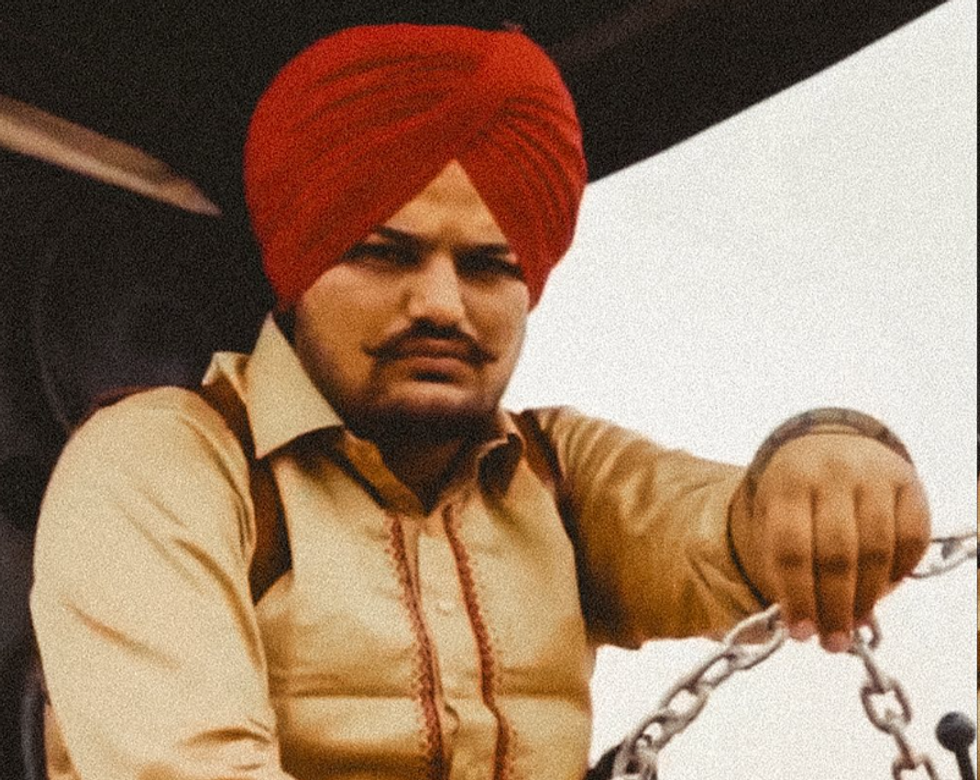 Sidhu Moosewala, Indian Singer (Photo: @sidhu_moosewala)
Sidhu Moosewala, Indian Singer (Photo: @sidhu_moosewala) 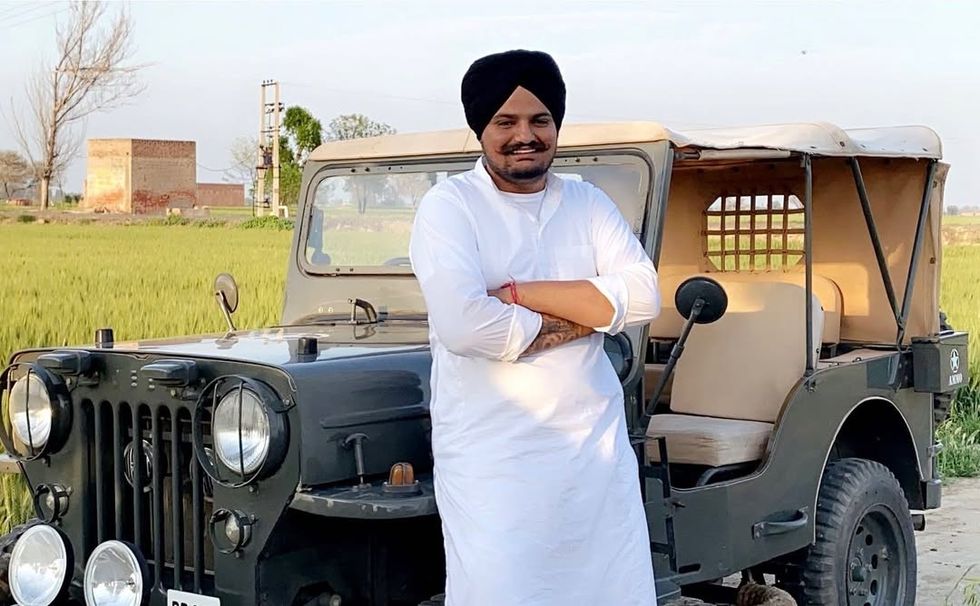 Fans react with shock and excitement after Moosewala’s posthumous tour is announcedInstagram/
Fans react with shock and excitement after Moosewala’s posthumous tour is announcedInstagram/




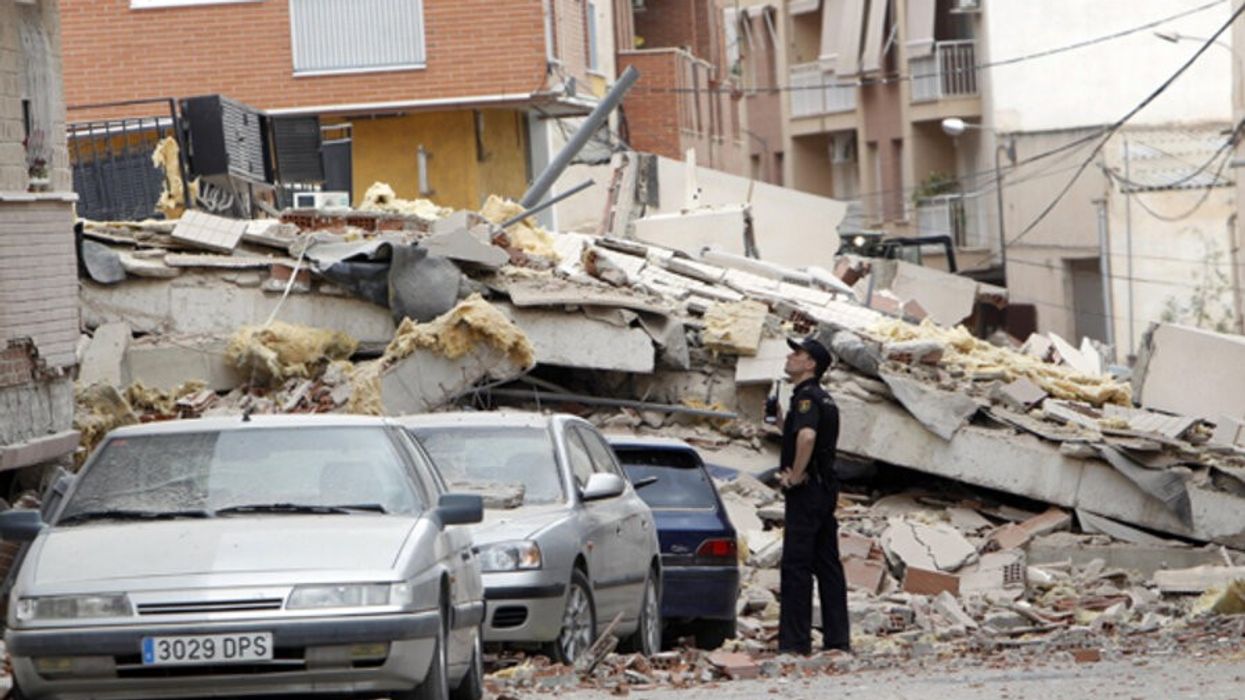





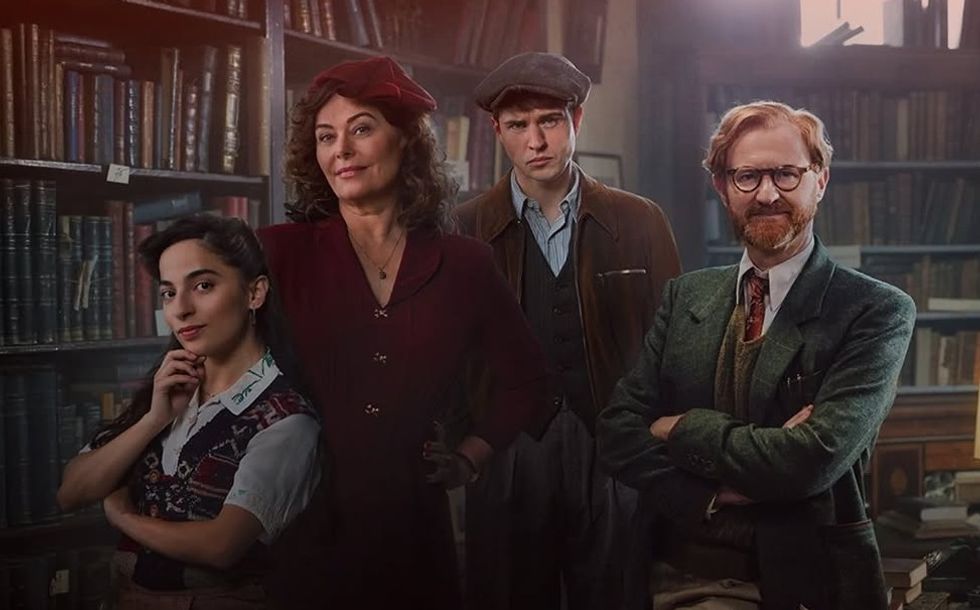 Mark Gatiss brings queer detective drama Bookish to life as fans call it the new SherlockInstagram/
Mark Gatiss brings queer detective drama Bookish to life as fans call it the new SherlockInstagram/
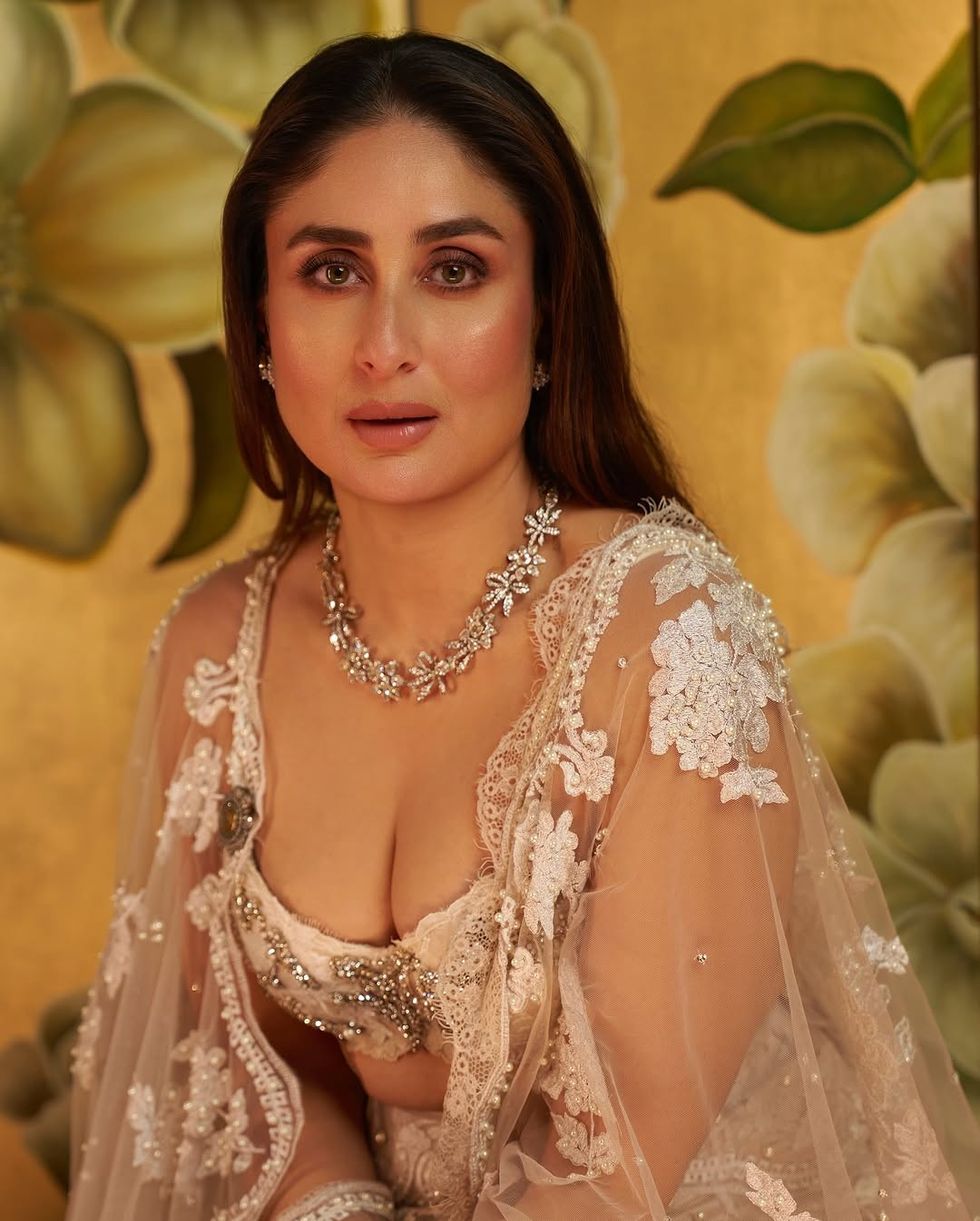 Kareena Kapoor set to flip the script with a younger co-star and a ghost twistInstagram/
Kareena Kapoor set to flip the script with a younger co-star and a ghost twistInstagram/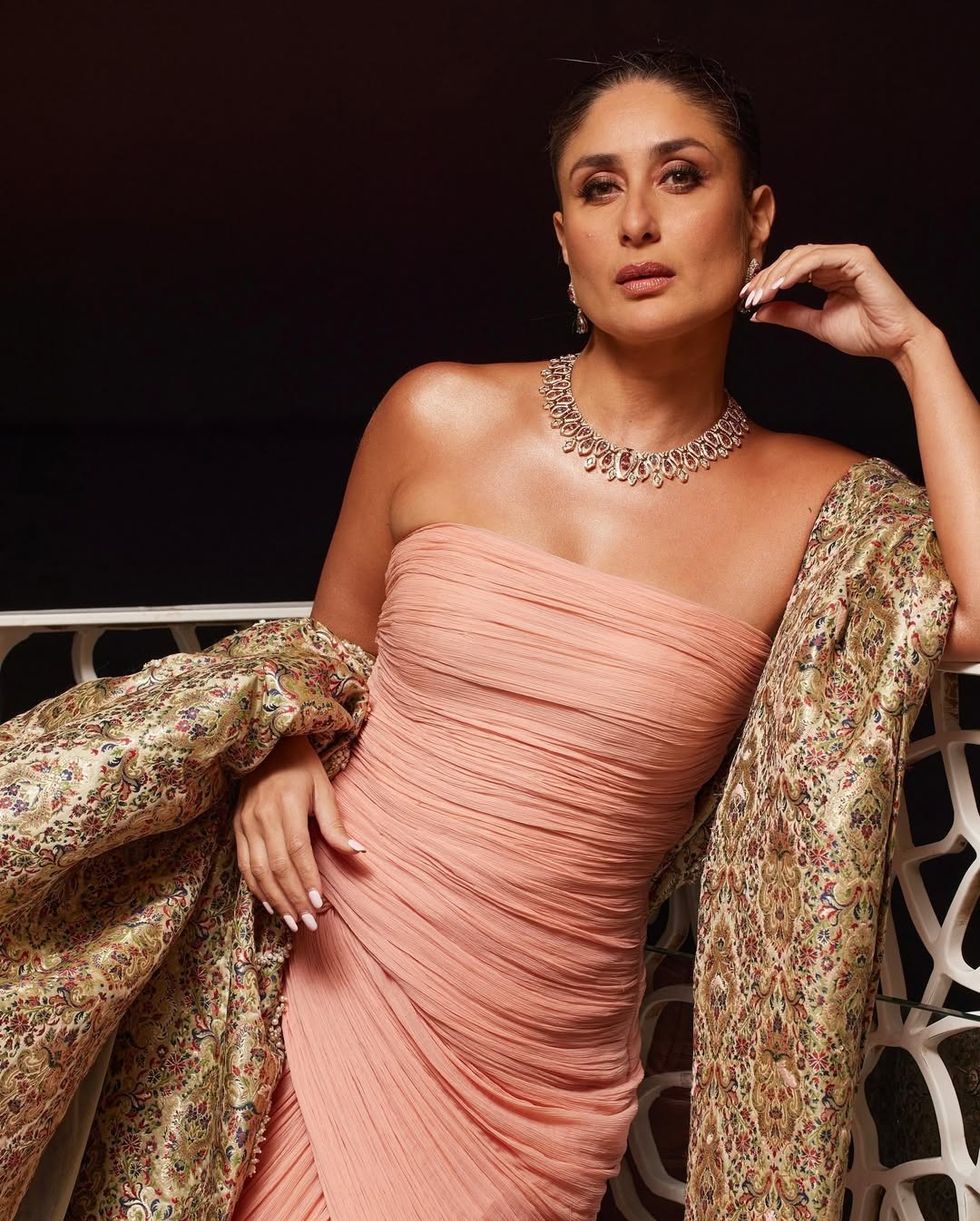 Fans react to reports of Kareena being paired with a much younger co-starInstagram/
Fans react to reports of Kareena being paired with a much younger co-starInstagram/

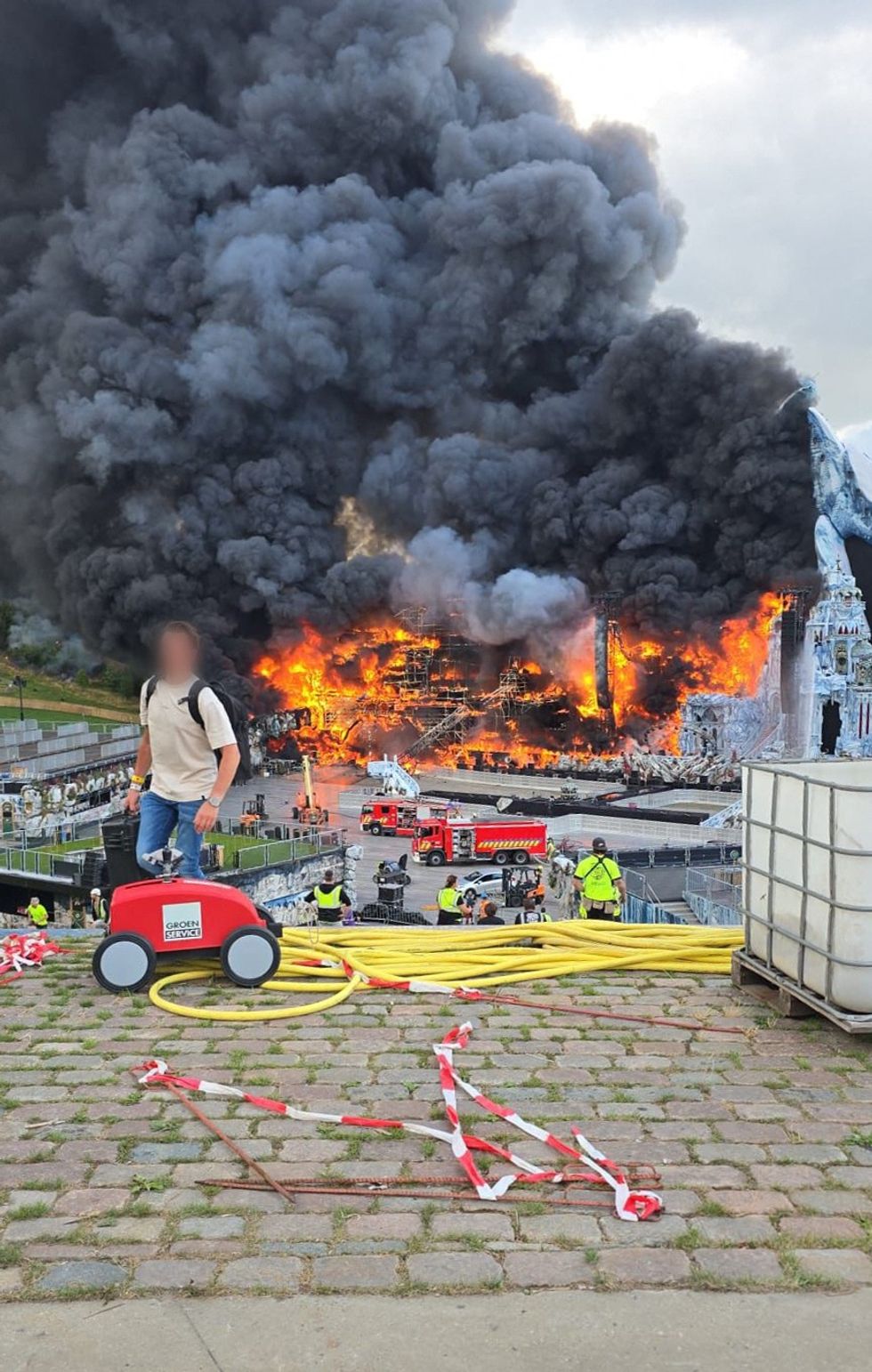 Flames tear through Tomorrowland’s main stage just two days before the eventGetty Images
Flames tear through Tomorrowland’s main stage just two days before the eventGetty Images 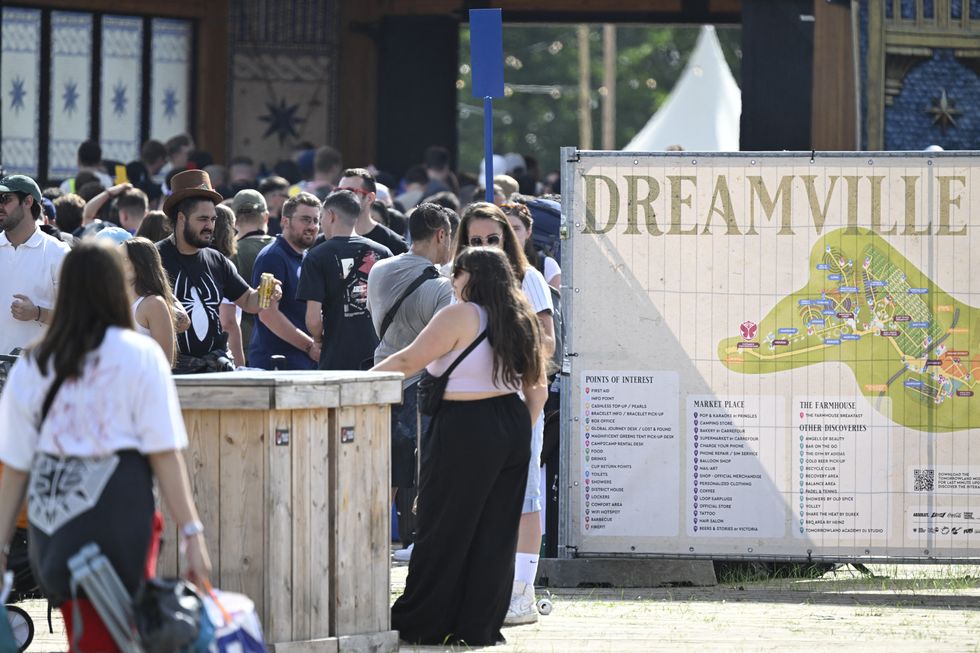 People queue to enter the DreamVille camping site of the Tomorrowland electronic music festival a day after its main stage was totally destroyed by fireGetty Images
People queue to enter the DreamVille camping site of the Tomorrowland electronic music festival a day after its main stage was totally destroyed by fireGetty Images 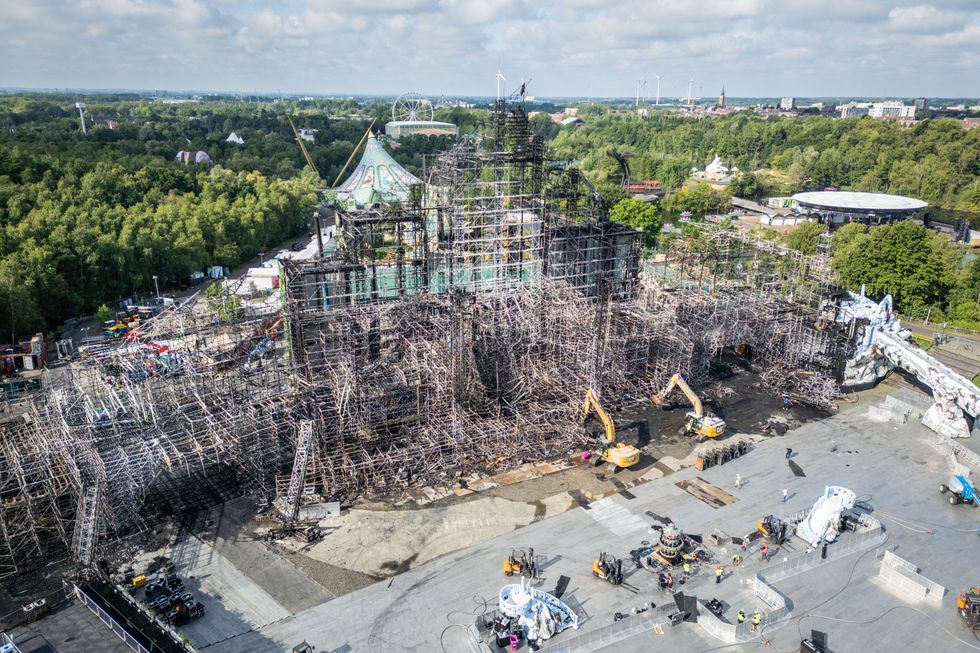 Workers and locals devastated after years of planning lost in under an hourGetty Images
Workers and locals devastated after years of planning lost in under an hourGetty Images